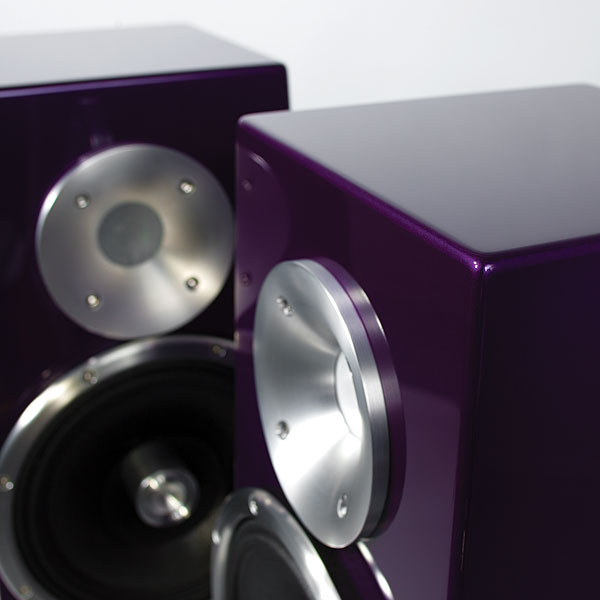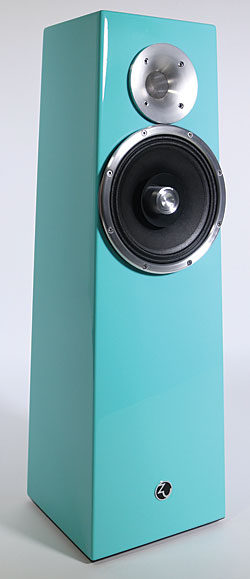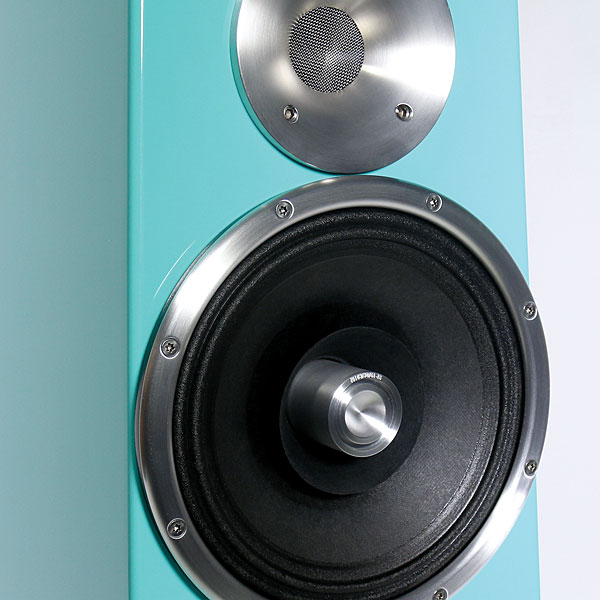| Columns Retired Columns & Blogs |
Great review! I heard these speakers at THE Show Newport and I loved them. I went back several times to listen to more music. These are indeed speakers for music lovers - and that's what I like about them. An additional bonus is that the good folks from Zu always play really good and interesting music and not the usual boring 'audiophile' classical/jazz tracks.

 Comparison: DeVore Fidelity Orangutan O/93
Comparison: DeVore Fidelity Orangutan O/93











































